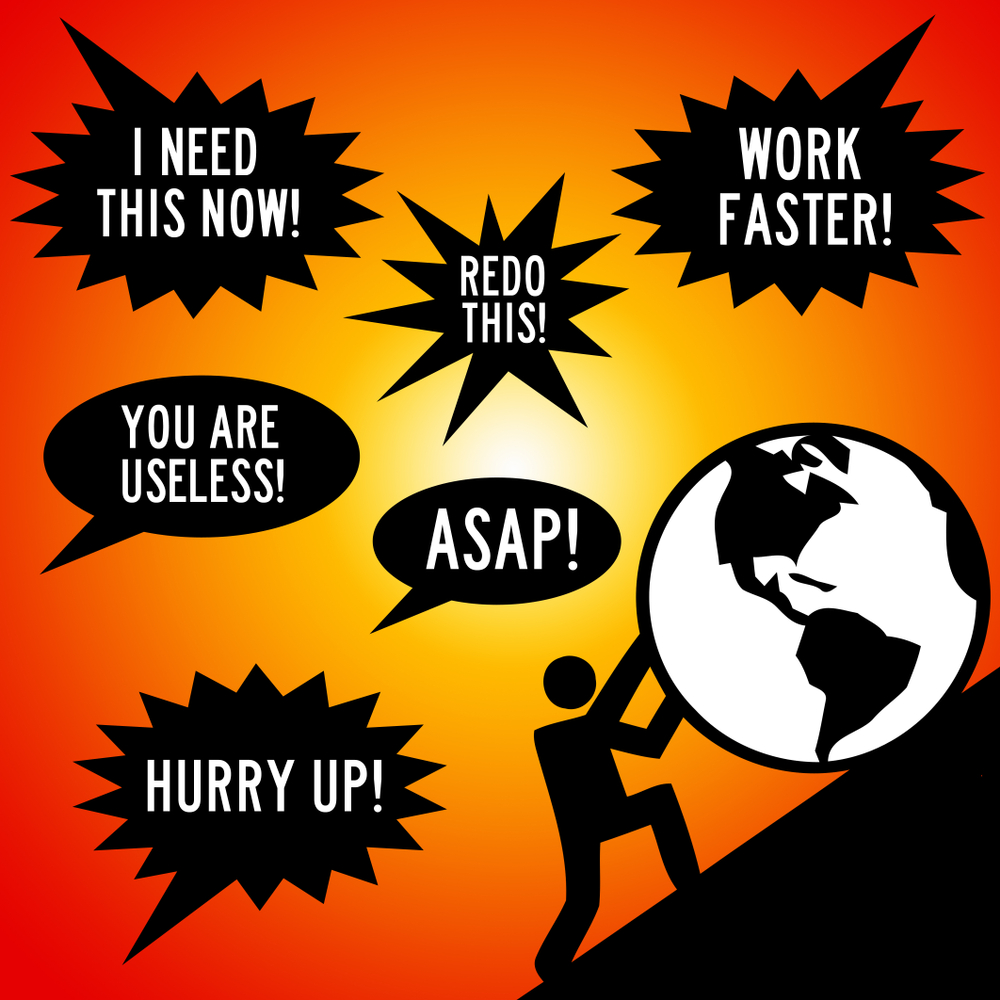The World Health Organization has recently acknowledged burnout as an occupational phenomenon. The agency defines burnout as “chronic workplace stress that has not been successfully managed.”
People who value job autonomy and creativity are a natural fit in IT. But most IT jobs come with its fair share of challenges. Despite the best of work policies and conditions, the IT workforce faces constant pressure owing to various factors:
- The need to keep pace with changing customer preferences and competitor timelines when pushing out a product.
- Demanding customers who seek an immediate resolution and customised engagement.
- A competitive business and work environment, where a 24×7 work-mode has become the norm.
- Things not going according to plan in today’s uncertain and fluid business atmosphere. The employee swims against the tide, to set things right.
- Fears of stagnation or rustication when technology changes fast, rendering incumbent paradigms obsolete.
All these increase stress and lead to burnout. It is in the best interest of the enterprise and the employee to identify the warning signs and take proactive countermeasures.
1. Change the Way of Work
Burnout occurs when the job gets beyond the employee’s mental endurance.
Have formal appraisals in place. Encourage goal setting to keep the employee organized. Fix reasonable deadlines, after negotiations.
Offer opportunities to work away from the desk, for a change of scenery. Remote working allows knowledge workers to save commute time and have better control of work-life balance. But do not go overboard with work from home policies. For some employees, work from home blurs the divide between work and life, and cause burnout!
Allow workers to slow down. When stress gets high, it makes sense not to overexert or take up more work. Do not push for a culture of constant over achievement. Allow employees to turn down hard-to-achieve targets without fear of losing out. Engage with the employee. Make them understand the client and competitive imperatives when forced into steep deadlines.
Make work fun and interesting. Burnout occurs when employees work on projects that do not interest or inspire them. Encourage employees to identify the aspects of the work they find interesting. Give a sense of purpose to the work. Convey how the work makes a difference to the client and the wider world.
Enrich Jobs. Offer opportunities for job rotation and job enrichment. New projects with new skill-sets, innovative solutions and new clients boost creativity and enrich the job. But some employees may stress out due to change in status-quo. Offer adequate support, and let employees be comfortable with the status quo to remain in their places as long as possible.
Offer training to enrich the skill of the workforce. Technology changes fast, leaving many employees anxious about becoming redundant. To compensate, they overwork, and suffer burnout. Include stress management as part of the employee development initiatives.
2. Encourage Communication at Work
Many of the warning signs of imminent burnout are outside the work domain. For instance, sleep disturbances or waking in the middle of the night because of work-related worries is a sure sign of imminent burnout. Likewise, employees anxious about work, having a short fuse and soured relationships are other signs of a coming burnout.
Many times, stress is because of uncertainty and ambiguities. Common reasons for uncertainties in the work environment include:
- Changed role profile
- Overextending beyond capabilities,
- Frayed interaction with a colleague. An empathic manager or a mentor within the enterprise can calm the mind and reduce the chances of burnout.
Encourage formal and informal communication among colleagues and supervisors. Conversations burst stress and unearth latent issues that could escalate to burnout. A colleague or a supervisor could not just empathize, but direct the employee to help.
Encourage employees to speak up. Make trained counsellors available to employees whenever they need it. Develop a culture that does not stigmatize mental health issues and accepts therapy as normal.
Make line managers, supervisors and HR aware of emotional health issues, and the implications of burnout. Ask them to look out for signs of burnout. Telltale signs include:
- The sudden drop in performance or productivity
- Lack of attention
- Remaining preoccupied
- Issues with colleagues
Encourage employees to join support groups. Encourage sharing problems, thoughts, and concerns with colleagues, and mentors. Foster a culture of openness and transparency where there is a free flow of information.
3. Enable Letting off Steam

The pressure cooker of stress requires a regular release valve to prevent permanent damage.
Offer opportunities for physical activity such as sports, martial arts, swimming, or cycling. Provide gaming and other outlets for those not inclined to physical activities. Facilitating such activities improves work-life balance, and de-stress employees.
Simple things make a big difference.
- Encourage walking or cycling to work, which is good to de-stress.
- Offer refreshing herbal tea at the office, as a healthy alternative to stress-enhancing caffeine.
- Offer opportunities for employees to indulge in meditation and yoga. Have fun games, competitions, and interactions at the work. An impromptu dance or song competition, fun contests, and more allows employees to let off steam.
4. Offer Vacations and Sabbaticals
Humans need break and time-off.
Offer annual vacations. Do not let short-sighted targets impede causing long-term damage to the mental health of skilled workers. Ideally, a two-week cut-off from work, with zero office contact allows the employee to drain out the stress, and come back refreshed.
In the USA, the Family and Medical Leave Act, FMLA guarantees some employees up to 12 weeks of unpaid leave each year without the threat of job loss. Encourage employees to avail such leaves, not just for major life events, such as the birth of a child, but also to combat burnout.
The issue may not be mere fatigue that a vacation can overcome. The root cause for the burnout may be an underlying skill-deficit, or an inability to do something the heart desires. Find out the root cause for the high-stress levels. Offer sabbaticals whenever appropriate, to take up a new course, learn a new skill, go on a world tour, or anything else.
Burnout is exhaustion, which takes a toll on the employee’s mental, emotional, and physical faculties. Left undone, it can lead to the unravelling of even highly-talented knowledge workers. The onus is on enterprises to make sure their critical human assets work at their optimal best.












